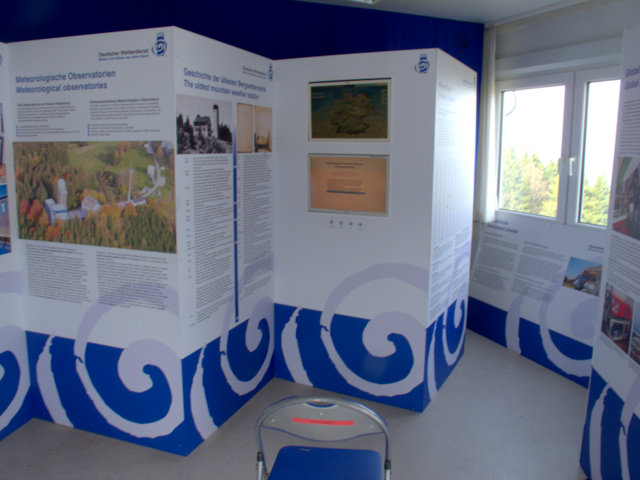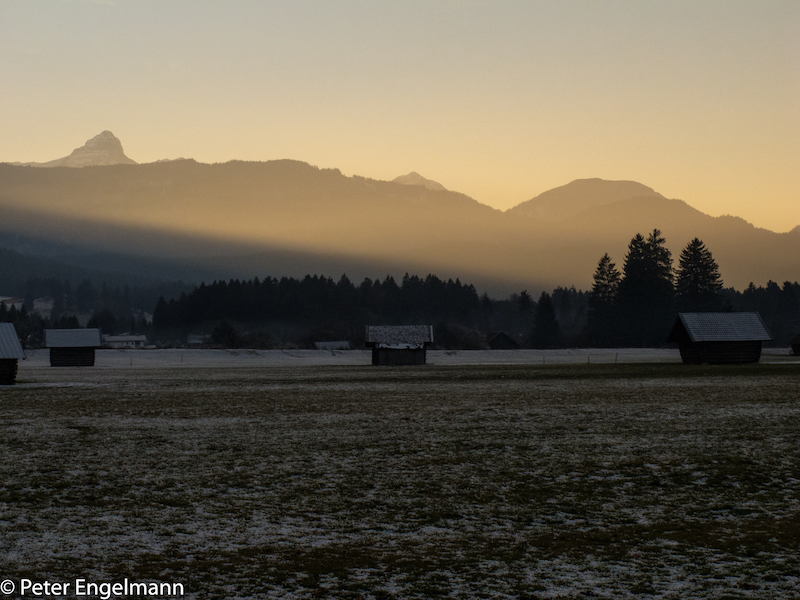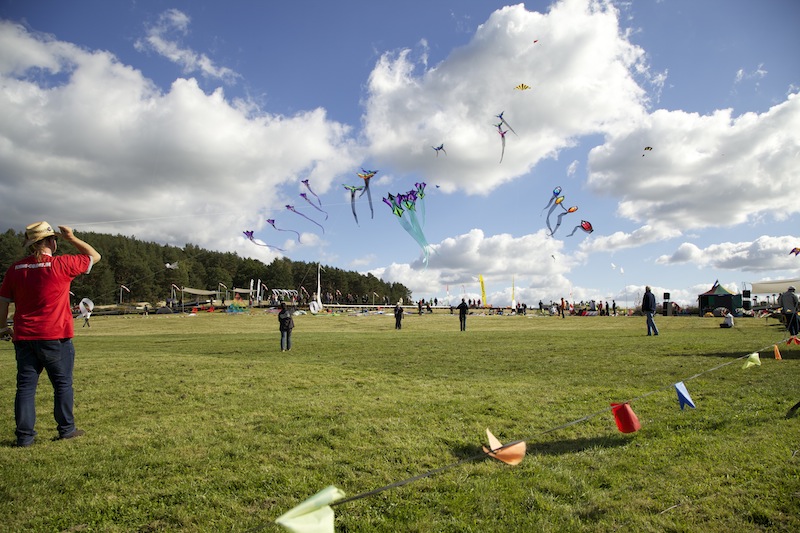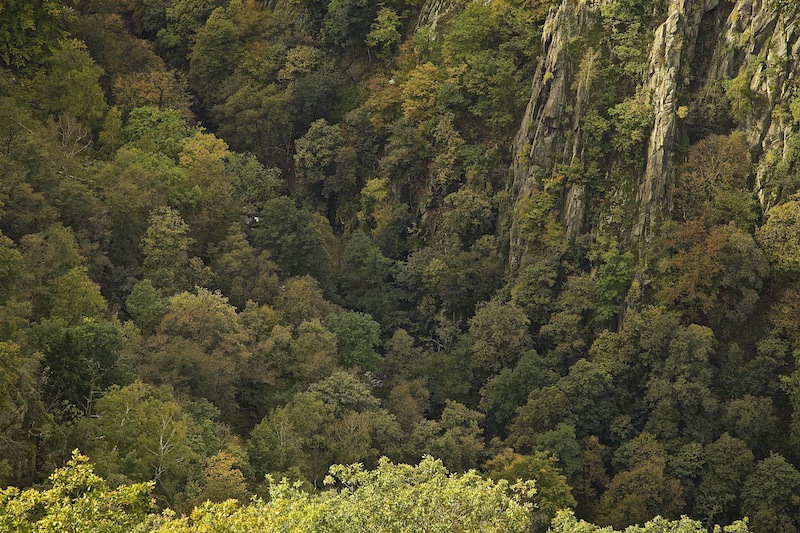The Oldest Mountain Weather Observatory Of The World And A Weather Trail
60 kilometres south-west of Bavarian’s capital Munich is not only one of the oldest observatories but also one of the most important high-tech weather stations of our days. The Hohen Peissenberg is a nearly 1000 metres high mountain with a spectacular view. The mountain is situated in front of the Alps and many peaks could be seen from there. Furthermore there is a great view of the alpine upland with its lakes.  On top of the mountain is the oldest mountain weather observatory of the world. There is a regular observation of temperature and other meteorological data continously since 1781. And long before this activity the monks of the monastery on Hohen Peissenberg began with scientifically measurements. Hohen Peissenberg is also a spiritual centre with a long tradition. The history of this observatory became very important in our days with an ongoing climate change: Unlike other old observatories Hohen Peissenbergs measurements of temperature weren’t compromised by modern civilisation. In Prag for example the growing city led to warmer temperatures. Here, in the clear and thin mountain air, there are no disturbing factors like urban heat islands. The measurements are a disconcerting proof and demonstration of ongoing climate change. There is no doubt that temperatures have risen over the last 100 years with records over the last 10 years. The obversatory’s measurements are also given proof to a significant change in weather patterns like heavy rain on one side and more dry periods on the other side.
On top of the mountain is the oldest mountain weather observatory of the world. There is a regular observation of temperature and other meteorological data continously since 1781. And long before this activity the monks of the monastery on Hohen Peissenberg began with scientifically measurements. Hohen Peissenberg is also a spiritual centre with a long tradition. The history of this observatory became very important in our days with an ongoing climate change: Unlike other old observatories Hohen Peissenbergs measurements of temperature weren’t compromised by modern civilisation. In Prag for example the growing city led to warmer temperatures. Here, in the clear and thin mountain air, there are no disturbing factors like urban heat islands. The measurements are a disconcerting proof and demonstration of ongoing climate change. There is no doubt that temperatures have risen over the last 100 years with records over the last 10 years. The obversatory’s measurements are also given proof to a significant change in weather patterns like heavy rain on one side and more dry periods on the other side.  Today the observatory hosts the most modern technological research with top-notch equipment. An important field of research is the science of the atmosphere. For exampe ozone-concentratins are measured and other weather or atmospheric related phenomena. The observatory can do research about certain chemicals in the atmosphere and many other importants fields of current research. Its data are highly valued and are in use for the weather forecast. The observatory is affiliated with the German Weather Service (DWD).
Today the observatory hosts the most modern technological research with top-notch equipment. An important field of research is the science of the atmosphere. For exampe ozone-concentratins are measured and other weather or atmospheric related phenomena. The observatory can do research about certain chemicals in the atmosphere and many other importants fields of current research. Its data are highly valued and are in use for the weather forecast. The observatory is affiliated with the German Weather Service (DWD).  The area of the obvervatory is not open for the public but there are special guided tours and even more there is a big attraction for any visitor of the Hohen Peissenberg: there is a weather trail in the midst of the lovely landscape with woods and green meadows. Surrounding the peak of the mountain and the observatory there is a walkway with information tables.
The area of the obvervatory is not open for the public but there are special guided tours and even more there is a big attraction for any visitor of the Hohen Peissenberg: there is a weather trail in the midst of the lovely landscape with woods and green meadows. Surrounding the peak of the mountain and the observatory there is a walkway with information tables.  The information tables are particularly of interest for anybody who is interested in a good introduction to weather phenomena and meteorology. There is also an information center at the entrance of the observatory which gives you more information about the observatory. The weather trail can be combined with longer hiking tours from the train stations in Hohen Peissenberg and Peissenberg. You can also go to the top of the mountain by car. There is a huge parking space and a big restaurant. Furthermore there is an old church of interest.
The information tables are particularly of interest for anybody who is interested in a good introduction to weather phenomena and meteorology. There is also an information center at the entrance of the observatory which gives you more information about the observatory. The weather trail can be combined with longer hiking tours from the train stations in Hohen Peissenberg and Peissenberg. You can also go to the top of the mountain by car. There is a huge parking space and a big restaurant. Furthermore there is an old church of interest.

 Its a great place for weather-watching and learning about meteorology and a place which is easily accessible. Hohen Peissenberg is also close to the well known tourist area “Pfaffenwinkel”.
Its a great place for weather-watching and learning about meteorology and a place which is easily accessible. Hohen Peissenberg is also close to the well known tourist area “Pfaffenwinkel”.
















